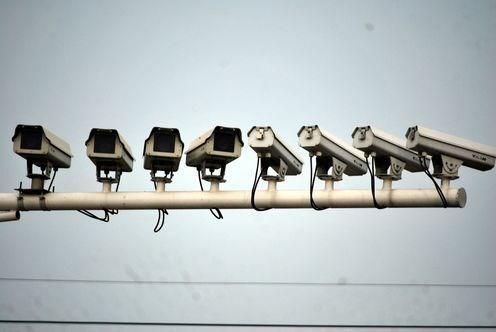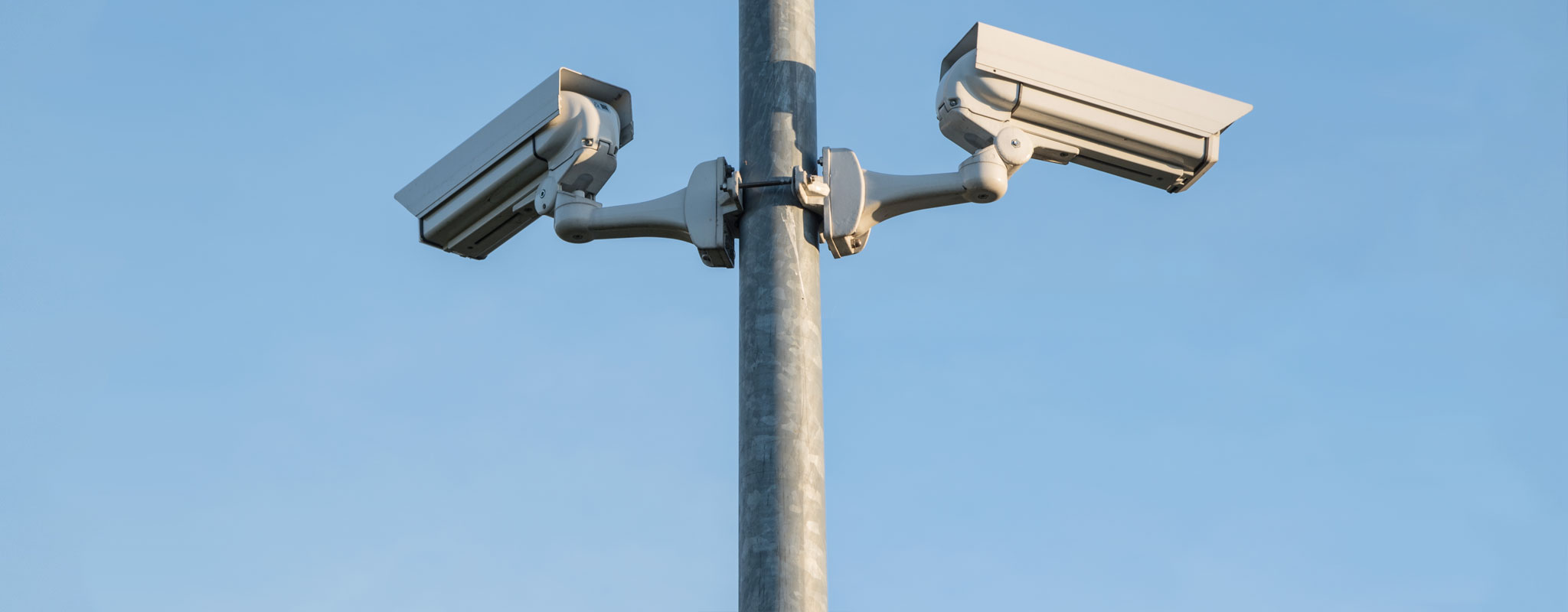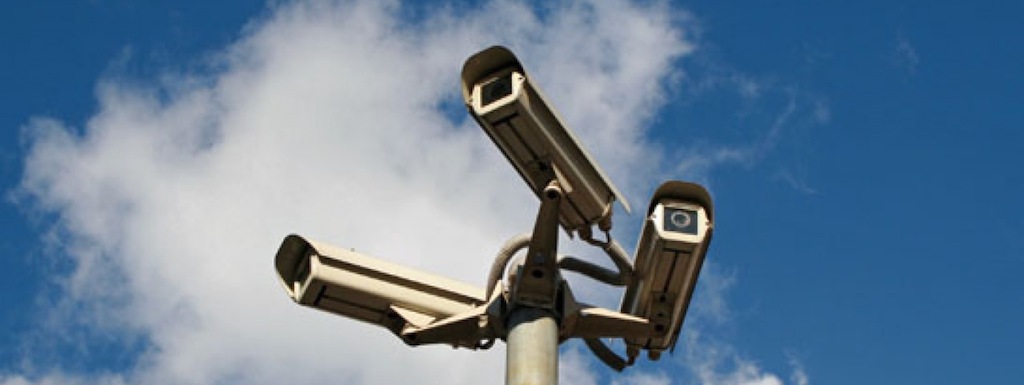If surveillance cameras are to be kept in line, the rules will have to keep pace with technology

It has been said that Britain has more surveillance cameras than any other country in the world. This proliferation of CCTV cameras led the government to establish a Surveillance Camera Commissioner responsible for overseeing their governance – the only country in the world to do so. In another first, the Commissioner has now released a National Strategy for England and Wales to set out how CCTV should be operated and to ensure that cameras are used in the public interest.
The growing prevalence of cameras and greater understanding of the many ways in which we are surveilled has led many – including the current Commissioner, Tony Porter, to voice concern that Britain is “sleepwalking into a surveillance state”. This raises critical questions about whether we can be confident that all these cameras are being used in a way the public would approve of – and if not, whether regulation can force CCTV operators into line.
It’s not just the sheer number of cameras that is of concern. Deployed by many public sector and private organisations in a fragmented and piecemeal manner over the last 20 years, different systems offer vastly different technical capabilities and are used in different ways. There is a lack of standardisation and limited public awareness about what CCTV cameras are capable of and what they are used for. This is particularly important given developments in facial recognition and movement tracking technology.
There are also concerns about the misuse of cameras, for example camera operators abusing their position for voyeurism or commercial gain. Or cameras that do little to deter crime, where image quality was too poor for use in court, or even instances where cameras that could have provided vital footage were switched off to save money. With advances in digital technology, such as face recognition, there are also issues about privacy, data sharing and profiling and the possible “chilling effect” that this will have on society.
There is plenty of anecdotal evidence demonstrating support for public cameras used with the aim of detecting crime and ensuring public safety. But the point here is that in practice it’s impossible to look at a camera and know what is happening behind the lens, whether someone is watching, whether your image is being shared with other agencies, or even if the camera is switched on. This is important. As members of the public, we are the ones subjected to surveillance, it is our personal data and likeness captured and used by these systems, so we should be told for what and by whom.
It is the Surveillance Camera Commissioner’s responsibility to ensure that surveillance cameras are operated in accordance with the law, reassuring the public that their use is in the best interests of society.
A world first regulation
The Strategy encourages best practice in how organisations use cameras, such as standardised technical requirements to ensure footage is of sufficient quality for use as evidence in court, and training requirements and expected practices for camera operators, so the public can be confident in how the systems are used. It stresses compliance with the law, especially in relation to data processing, and promotes public engagement activities to ensure better public understanding of CCTV use. Another aspect emphasised is for organisations such as local authorities, the police, commercial CCTV installers, private sector bodies and regulators to work together to make better use of CCTV footage and camera networks.
By bringing together all the elements relating to camera surveillance in one coherent initiative, this could be the world’s most coherent camera governance regime – one that applies also to body-worn video cameras, Automatic Number Plate Recognition (ANPR) cameras, and aerial drones.
But the Strategy has limitations. First, not all cameras are bound by the regulations – those in residential and commercial properties are not covered, nor those operated by the NHS. Such operators are asked to become “voluntary adopters” of the code. Second, there are questions over whether the Commissioner has the power to enforce his regulations on providers, and what the consequences would be for failing to do so – there are no obvious penalties that can be imposed by the commissioner. Third, as there is also an information commissioner who has jurisdiction in this area and it’s not always clear who has primary authority relating to cameras regulation.
While the publication of the strategy demonstrates that there will be more concerted efforts to govern how CCTV is used in the future, we cannot ignore that at the same time technology is constantly moving on. We are likely to see a proliferation of body cameras worn by public servants and surveillance cameras combined with sophisticated processing software that will allow face recognition, people tracking, and even behaviour recognition. In the future, surveillance camera processes will become more opaque, more sophisticated, and potentially integrated with data from a variety of sources, including social media, meaning decisions about who to survey and who determines intensive surveillance will be determined by big data and algorithms. Any regulatory framework that does not or cannot keep up with the pace of change will soon become worthless.
Professor William Webster
The Conversation, 14 March 2017
https://theconversation.com/if-surveillance-cameras-are-to-be-kept-in-line-the-rules-will-have-to-keep-pace-with-technology-74271


